Hello world! The Ise Grand Shrine is a Shinto shrine complex that is made up of multiple shrines (mainly in two locations). Legend has it that it was founded around 2,000 years ago, but the first known building of a shrine in the area occurred in 692, so still a long time ago! Although the grounds are ancient, the buildings are rebuilt every twenty years, “as part of the Shinto belief about the death and renewal of nature and the impermanence of all things (wabi-sabi) and as a way of passing building techniques from one generation to the next” (source: https://en.wikipedia.org/wiki/Ise_Grand_Shrine).
Of course, I knew nothing about this as I was visiting the Ise Grand Shrine. All I knew from Ojii-san (grandpa) was that it was an ancient site that you should make pilgrimage to at least once in your life.
I used the word “pilgrimage”, but “visit” may be more accurate for a number of visitors.
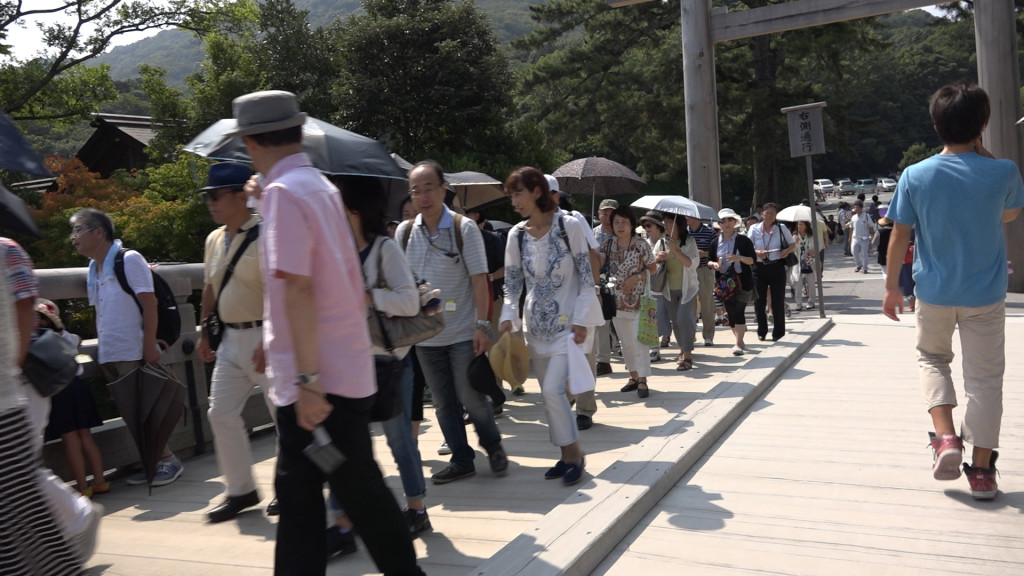
I’m sure the kids just saw as a place that they had to do lots of walking (and see some nature, like big trees, lizards, koi fish, and turtles).
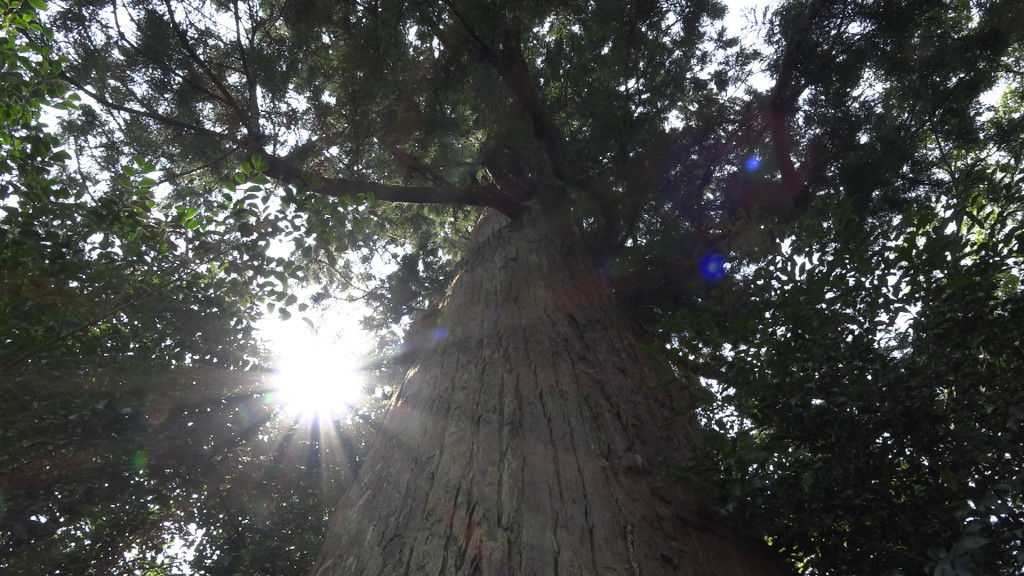
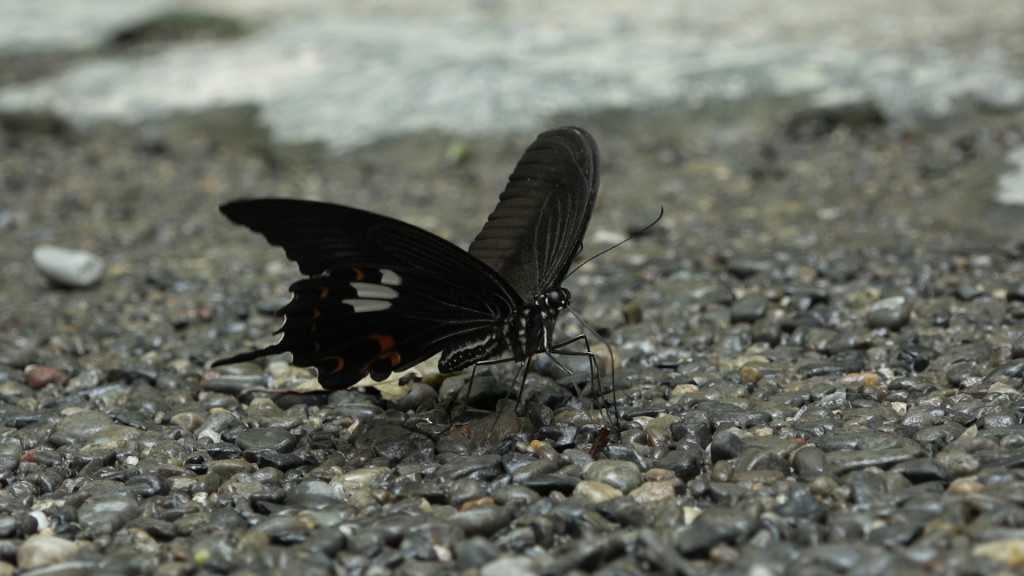

I don’t know if any of the Japanese people I know that visit Shinto shrines and Buddhist temples are actually practicing members of either religion. It’s not uncommon for Japanese people to practice both Shinto and Buddhist traditions (source: https://en.wikipedia.org/wiki/Religion_in_Japan). For example, Shinto shrines are usually visited around the birth of a child, while Buddhist practices are usually followed for funerals. Members of our family have both Butsudan (Buddhist altar) and Kamidana (Shinto “god-shelf”) in their homes.
Where’s the footage of the shrines?
Regular people aren’t allowed to actually see the holiest of places in the Ise Grand Shrine, and I quote,
Purportedly the home of the Sacred Mirror, the shrine is one of Shinto’s holiest and most important sites. Access to both sites is strictly limited, with the common public allowed to see little more than the thatched roofs of the central structures, hidden behind four tall wooden fences.
Source: https://en.wikipedia.org/wiki/Ise_Grand_Shrine
Restrictions are even more severe for people with cameras, as you’re allowed to get glimpses of structures with your human eyes that digital eyes cannot. I was told it was disrespectful (to the gods) to record inside these sites.
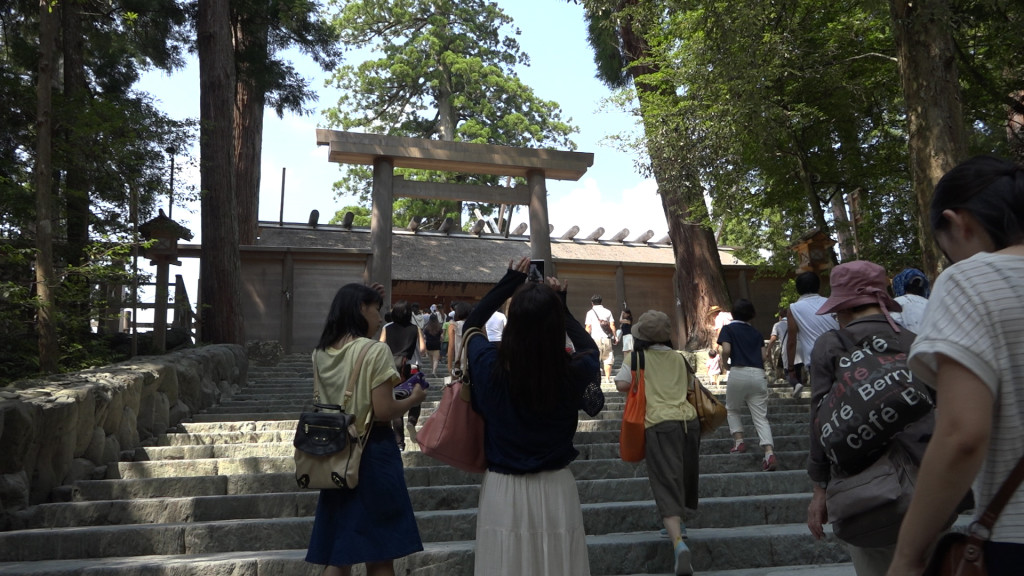
So, you really have to visit it in person to get the full experience.
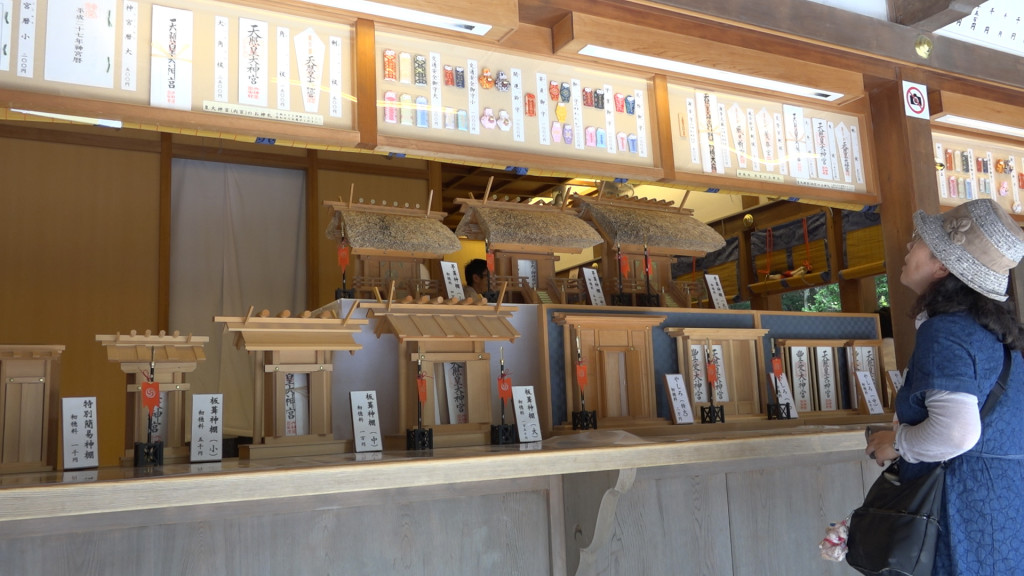
While trying to escape the heat (it was August in Japan, which means temperature in the 30’s (that’s degrees Celsius) and high humidity) we stumbled upon a museum at Gekū, which is the less popular Outer Shrine. The museum was not only fantastic because it was cool, but it had miniatures of the shrine grounds as well as a real-life replica of the front of a shrine inside the building. It also gave a very detailed look into how the shrines were made, including videos, all the tools used, and the various wood pieces that are built and joined together. I would love to show you what the museum looked like inside, but cameras were not allowed. Sorry! But, if you do end up visiting Ise Grand Shrine, I would recommend visiting the museum at Gekū as it’s a modern facility that’s really well done.
Did I say there was a lot of walking?
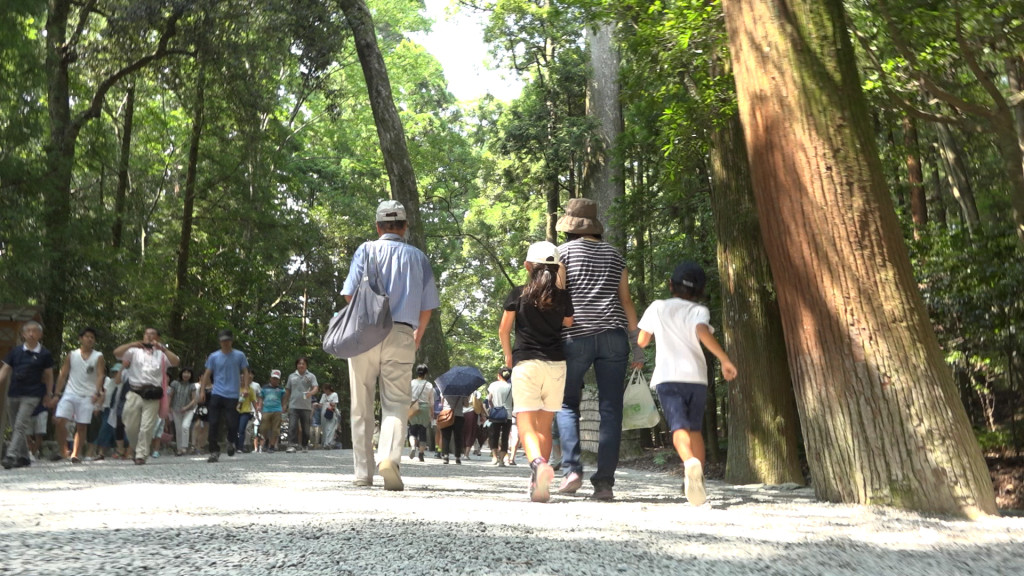
Shrine etiquette
In the video, we showed a little bit about shrine etiquette, such as cleansing your hands and bowing as you enter and leave through the Torii gates.
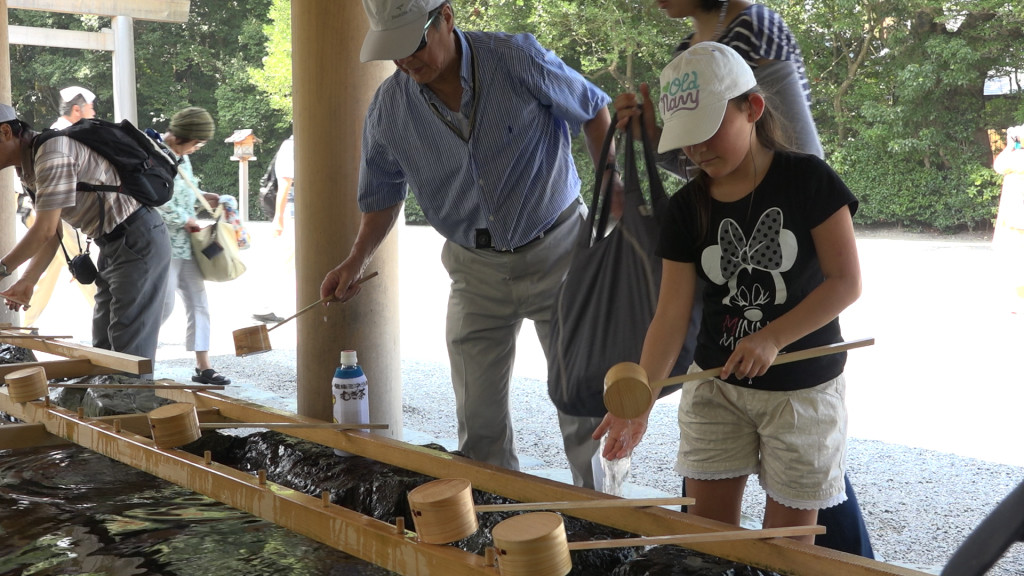
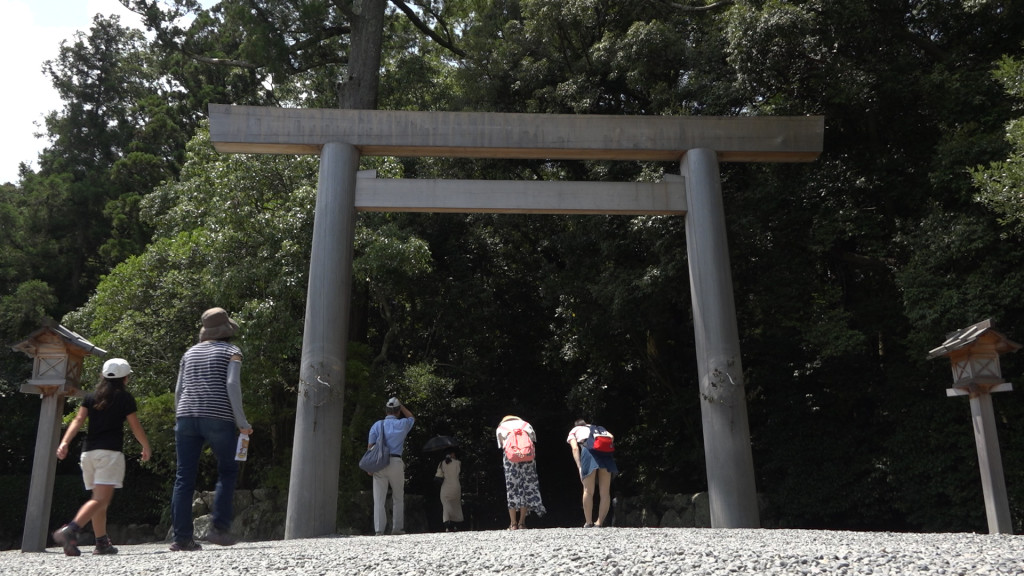
However, there’s lots of little rules, so if you’re not familiar with them and you’re not with a Japanese person, I’d suggest searching about what the proper etiquette is around these holy areas.
How about you?
So that’s a little bit about what it’s like visiting a famous holy site in Japan. What’s it like visiting a holy site where you’re from? We’ll include some stories at the end of one of our future videos.
